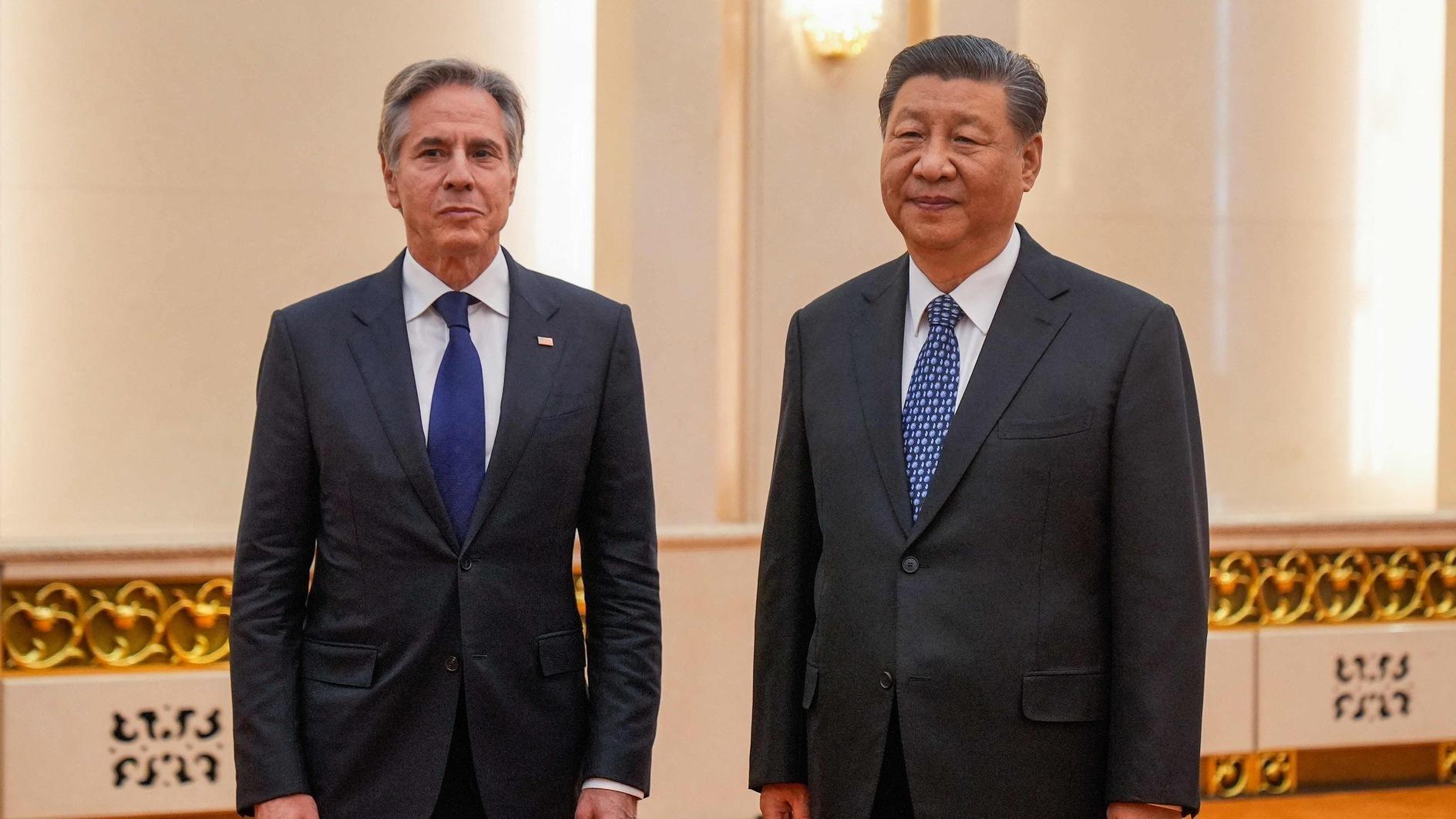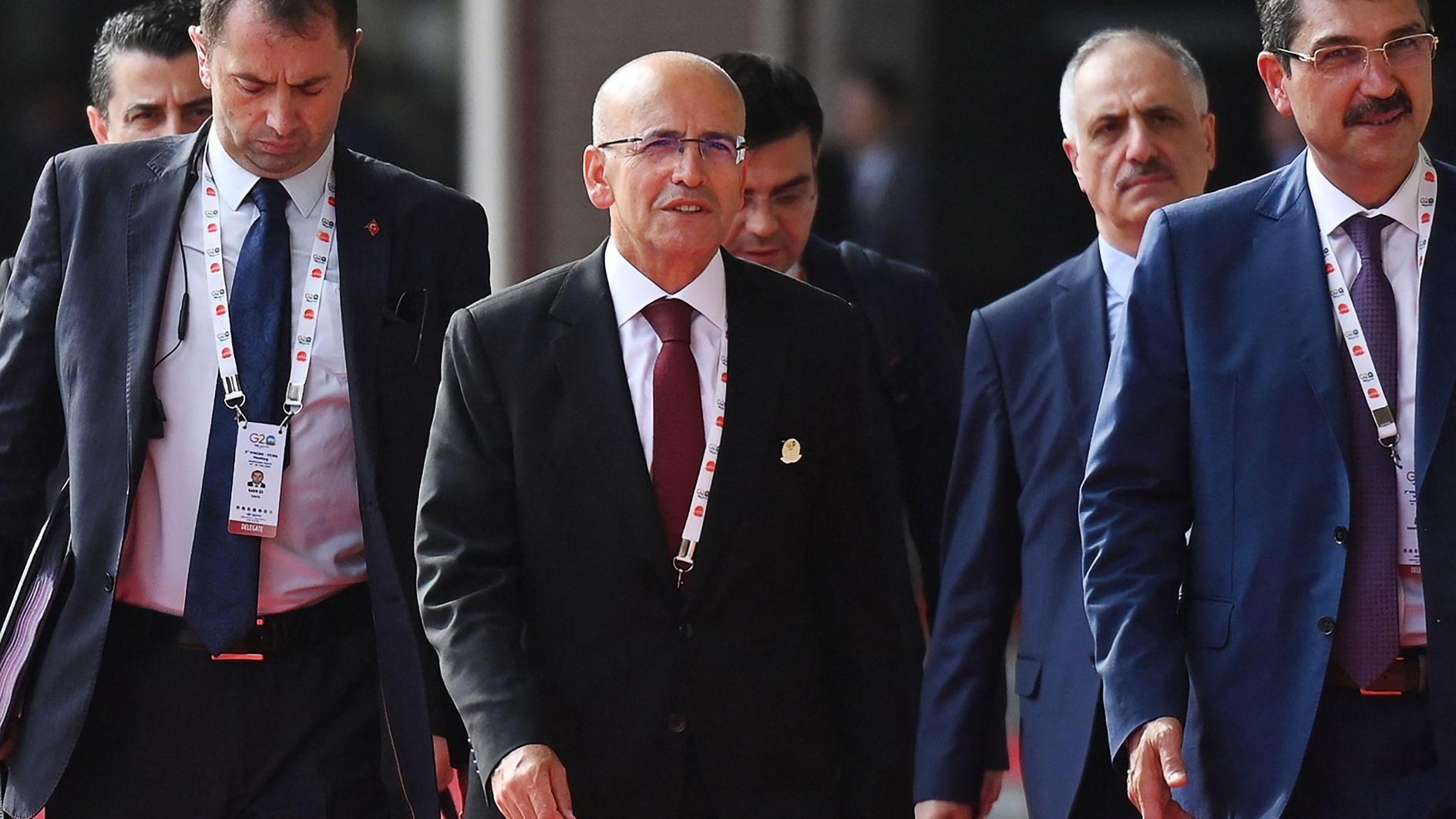Last moves for Caspian gas
While the waters of the Mediterranean are warming up because of the Greek Cyprus Administration’s drill, parties in the Azerbaijan’s Shah Deniz II natural gas are making their last moves.
Let’s paint the picture clearly:
On the coming date of Oct. 1, the projects competing for the Shah Deniz II natural gas will submit their last offers.
Which projects are we talking about?
Turkey-Greece-Italy Natural Gas Line Project; that is Interconnector Turkey-Greece-Italy, or ITGI.
The Trans Adriatic Pipeline, or TAP, and the Turkey-Austria line; that is the famous Nabucco Project we have been talking about for years.
According to an energy expert who is closely monitoring the moves on the Shah Deniz II natural gas, among the three projects mentioned above, TAP has the least chance. The reason being that Italian and Greek governments have not yet officially endorsed the project.
Whereas, in the ITGI project, which will almost follow the same route, all the permits both at the level of governments and at local level have been obtained.
For the Poseidon Pipe Line, planned to be built under the Adriatic Sea, all the preparations are done.
Combined forces with Gazprom
According to the same energy expert, while TAP has decided to build the pipeline through Albania to cut the costs around 50 million to 60 million euros, the ITGI was able to receive a grant aid of 100 million euros from the European Union for Poseidon.
That means it looks like the real competition for Shah Deniz II will be between Nabucco and ITGI.
But there is another major player who does not hide its interest in Shah Deniz II: Russia.
There were significant developments experienced in the past days in the South Stream project that was developed by Russia as an alternative to Nabucco.
Three energy giants of the European Union have announced that they have combined their forces with Russian Gazprom for South Stream.
According to the new partnership between French EDF, Italian Eni, German Wintershall and Gazprom, 50 percent of the shares will belong to the Russians.
The deal anticipates that construction works for the South Stream Pipe Line will begin in 2013 and commercial activities to start in 2015.
This new deal, according to the same energy expert I spoke to, the fact that EDF, Eni, Wintershall have combined forces with Gazprom means a significant blow to Nabucco.
Brussels’ negotiation
The same experts smiles and says, “Each one of the companies above are bigger than the total of those companies that have united for Nabucco.”
Both the ITGI that has an annual capacity of 10 billion to 12 billion cubic meters and Nabucco that has an annual capacity of 31 billion cubic meters are projects openly supported by the EU.
As I said above, while ITGI has received grant aid from the EU, the French daily Le Monde wrote last week that Brussels has sat down again to negotiate with Azerbaijan and Turkmenistan for the gas to pass through Nabucco.
That is to say that the European Union, who has been badly hurt with Ukraine’s shutting off the valves, wants to guarantee itself in all aspects.
On one hand it cooperates with Russia and on the other hand it wants to guarantee that those projects it is supporting in the “south corridor” are implemented safe and sound.
Meanwhile, here is an interesting small note.
The real boss of the Italian Edison Company leading the ITGI project is the French EDF company. Europe, as you see, has driven all its knights at once across the chessboard.











